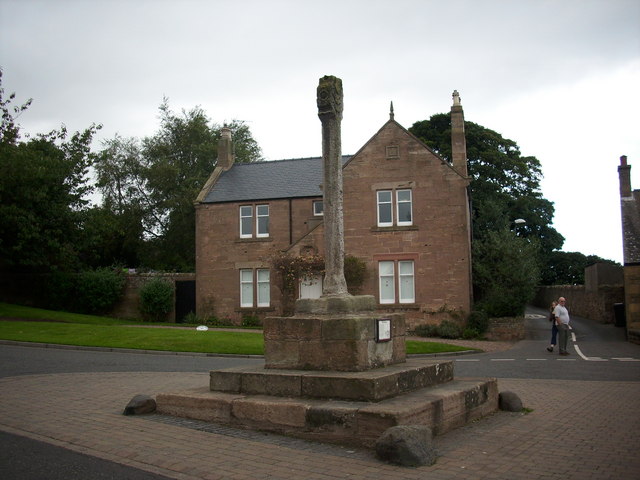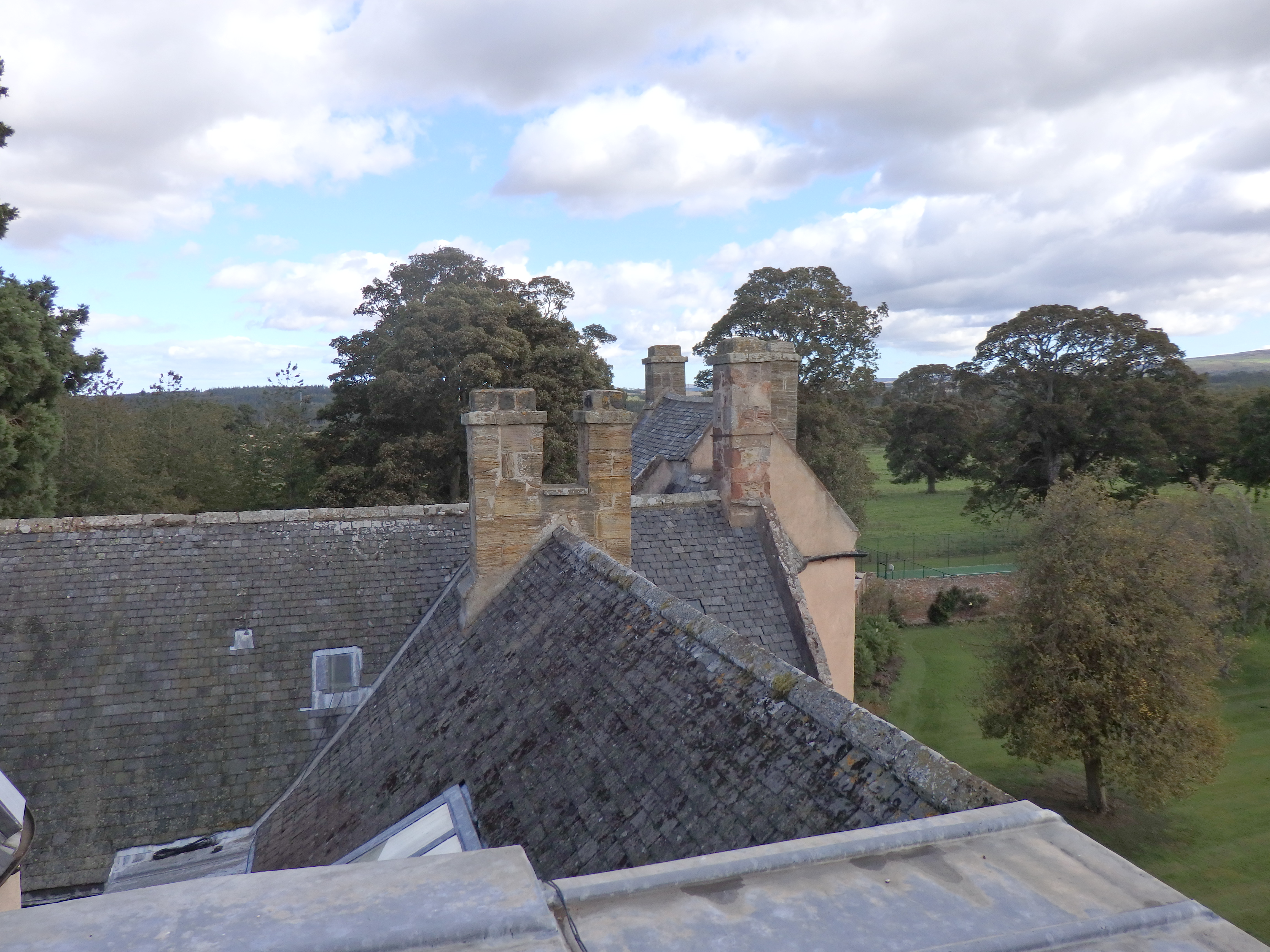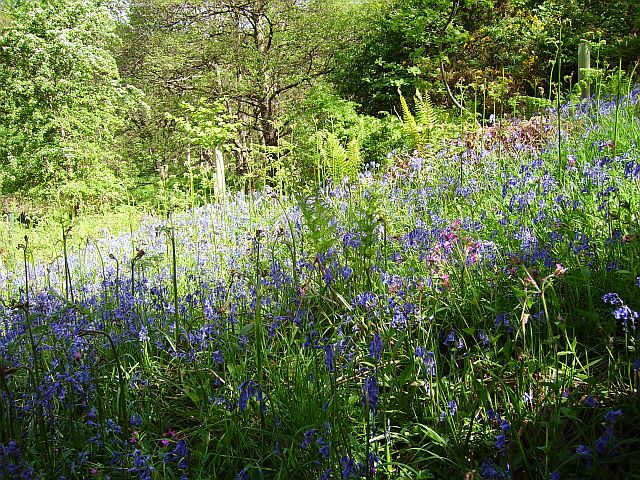|
Dunglass
Dunglass is a hamlet in East Lothian, Scotland, lying east of the Lammermuir Hills on the North Sea coast, within the parish of Oldhamstocks. It has a 15th-century collegiate church, now in the care of Historic Scotland. Dunglass is the birthplace of Sir James Hall, an 18th-century Scottish geologist and geophysicist. The name ''Dunglass'' comes from the Brittonic for "grey-green hill". Geography Dunglass is a small settlement about 1 km (0.5 mi) north-west of Cockburnspath and 11 km (7 mi) south-east of Dunbar. The whole of Dunglass lies in an area of 2.47 km2. It lies to the east of the Lammermuir Hills on the North Sea coast at the point where the old Great North Road and modern A1 as well as the London-Edinburgh railway cross the gorge of the Dunglass Burn. The burn forms the boundary between the shires of East Lothian and Berwick. Other settlements nearby include Cove, Pease Bay, and Pease Dean. Dunglass Castle and estate Dunglass Castle was bu ... [...More Info...] [...Related Items...] OR: [Wikipedia] [Google] [Baidu] |
Dunglass Collegiate Church, East Lothian
Dunglass Collegiate Church is situated in south-east East Lothian just off the old A1 highway, one mile north of Cockburnspath in Berwickshire, Scotland, UK. It is designated as a scheduled monument. History The date of building the Chapel, dedicated to St. Mary of Dunglass, is unclear but when Sir Alexander Home of that Ilk was granted a charter, in 1421, to the lands of Dunglass the chapel was in existence, adjacent to Dunglass Castle, now demolished. In 1423, Sir Alexander Home of Dunglass employed priests (a college) to pray for the family's souls and the chapel was raised to collegiate status. This was confirmed by King James II of Scots in 1450 and confirmed by Pope Nicholas V. The college was composed of a provost, three chaplains and four boy choristers. In November 1500 George Home of Ayton endowed a chaplain to sing at the altar of "Our Lady of Pity" in the church. Originally, the church consisted of a nave and a choir and the Home or Hume burial vault. In the 16th cen ... [...More Info...] [...Related Items...] OR: [Wikipedia] [Google] [Baidu] |
Clan Home
Clan Home (pronounced and sometimes spelt Hume) is a Scottish clan.Way, George and Squire, Romily. ''Collins Scottish Clan & Family Encyclopedia''. (Foreword by The Rt Hon. The Earl of Elgin KT, Convenor, The Standing Council of Scottish Chiefs). Published in 1994. Pages 168 – 169. It held immense power for much of the Middle Ages and dominated the eastern Scottish Borders. It produced no fewer than eight Wardens of the Eastern March – more than any other family. History Origins of the clan The Home family descends in the male-line from Cospatric I (died after 1073), the Anglo-Celtic Earl of Northumbria. His descendant William de Home (son of Sir Patrick de Greenlaw, the second son of Cospatric III, Earl of Lothian), adopted the surname following his acquisition of the lands of Home in Berwickshire in the early 13th century, through his marriage to his second cousin Ada (the daughter of Patrick I, Earl of Dunbar). William's arms featured the silver lion of Dunbar but wit ... [...More Info...] [...Related Items...] OR: [Wikipedia] [Google] [Baidu] |
Sir James Hall, 4th Baronet
Sir James Hall of Dunglass, 4th Baronet FRS FRSE (17 January 1761 – 23 June 1832) was a Scottish geologist and geophysicist. He was a Member of Parliament for St. Michael's borough (Mitchell, Cornwall) 1807–1812. Education Hall was born at Dunglass Castle, East Lothian, to Magdalena, daughter of Sir Robert Pringle, 3rd Baronet, of Tillich, Gloucestershire and Sir John Hall, 3rd Baronet (died 1776). He studied at Christ's College, Cambridge, and the University of Edinburgh. As an Edinburgh student during the early 1780s, Hall studied chemistry under Joseph Black and natural history under John Walker. Though mineralogy was frequent taught in medical courses, Walker was one of the first professors to offer systematic lectures on the new field of geology. While attending Walker's popular course, Hall was taught how to use the chemical composition of minerals to determine relative age of strata. Walker also emphasized the geological relevance of chemists like William Cullen, Jos ... [...More Info...] [...Related Items...] OR: [Wikipedia] [Google] [Baidu] |
Cockburnspath
Cockburnspath ( ; sco, Co’path) is a village in the Scottish Borders area of Scotland. It lies near the North Sea coast between Berwick-upon-Tweed and Edinburgh. It is at the eastern extremity of the Southern Upland Way a long-distance footpath from the west to east coast of Scotland. It is also the termini of the Sir Walter Scott Way and the Berwickshire Coastal Path. At the nearby village of Cove, there is a small fishing harbour. History The area has many archeological remains which indicate it has been lived in and fought over since the Bronze Age. It lies close to the old invasion route from England into Scotland. Cockburnspath was originally known as " Colbrand's Path", after a folkloric giant. Sir Adam de Hepburn (d. before 1371), in the reign of David II, had a charter of the lands of Traprain, and Southalls and Northalls (united as Hailes) in Haddingtonshire, as well as the lands of Mersingtoun, Cockburnspath, and Rollanstoun in Berwickshire. The lands of Cockbu ... [...More Info...] [...Related Items...] OR: [Wikipedia] [Google] [Baidu] |
East Lothian
East Lothian (; sco, East Lowden; gd, Lodainn an Ear) is one of the 32 council areas of Scotland, as well as a historic county, registration county and lieutenancy area. The county was called Haddingtonshire until 1921. In 1975, the historic county was incorporated for local government purposes into Lothian Region as East Lothian District, with some slight alterations of its boundaries. The Local Government etc. (Scotland) Act 1994 later created East Lothian as one of 32 modern council areas. East Lothian lies south of the Firth of Forth in the eastern central Lowlands of Scotland. It borders Edinburgh to the west, Midlothian to the south-west and the Scottish Borders to the south. Its administrative centre and former county town is Haddington while the largest town is Musselburgh. Haddingtonshire has ancient origins and is named in a charter of 1139 as ''Hadintunschira'' and in another of 1141 as ''Hadintunshire''. Three of the county's towns were designated as roy ... [...More Info...] [...Related Items...] OR: [Wikipedia] [Google] [Baidu] |
Rough Wooing
The Rough Wooing (December 1543 – March 1551), also known as the Eight Years' War, was part of the Anglo-Scottish Wars of the 16th century. Following its break with the Roman Catholic Church, England attacked Scotland, partly to break the Auld Alliance and prevent Scotland being used as a springboard for future invasion by France, partly to weaken Scotland, and partly to force the Scottish Parliament to confirm the existing marriage alliance between Mary, Queen of Scots (born 8 December 1542), and the English heir apparent Edward (born 12 October 1537), son of King Henry VIII, under the terms of the Treaty of Greenwich of July 1543. An invasion of France was also contemplated. Henry declared war in an attempt to force the Scottish Parliament to agree to the planned marriage between Edward, who was six years old at the start of the war, and the infant queen, thereby creating a new alliance between Scotland and England. Upon Edward's accession to the throne in 1547 at the age ... [...More Info...] [...Related Items...] OR: [Wikipedia] [Google] [Baidu] |
Cove, Scottish Borders
Cove is a village in the Scottish Borders area of Scotland, northwest of the Scotland/England border. It is about southeast of Edinburgh and from Dunbar. Cove is close to Cockburnspath, Dunglass, Innerwick, Oldhamstocks, Bilsdean, and, further afield, Dunbar and Eyemouth. The climate is typical for Scotland, with cold, wet winters and variable summer weather, with days of rain and days of temperatures over . The nearest railway station is Dunbar, which is on the main East Coast line from London Kings Cross to Edinburgh. There are regular trains both from Dunbar to Edinburgh and southwards to Berwick-upon-Tweed. The nearest bus station is in Cockburnspath which takes passengers north to Edinburgh terminating at St Andrews Square, and southwards, terminating in Berwick. The rocks that form the approach to the harbour are limestones and sandstones of Carboniferous age. They dip sharply to the N/NW due to the downthrust of the Cove fault about southeast. Beyond the fault, older ... [...More Info...] [...Related Items...] OR: [Wikipedia] [Google] [Baidu] |
Pease Dean
Pease Dean is a nature reserve at Pease Bay, in the Scottish Borders area of Scotland, near the Anglo-Scottish border and Cockburnspath, Cove, and Dunglass. OS 67 NT794707. The reserve is managed by the Scottish Wildlife Trust and has two parts: Pease Burn and Tower Burn. Pease Burn is open grassland, with gorse and alder. Tower Burn consists of mixed woodland. Pease Bridge In 18th century Europe, Pease Bridge was the highest bridge of its kind in the world, built in 1786. See also * List of Sites of Special Scientific Interest in Tweeddale and Ettrick and Lauderdale * List of Sites of Special Scientific Interest in Berwickshire and Roxburgh *Scottish Wildlife Trust *Southern Upland Way *List of places in the Scottish Borders ''Map of places in the Scottish Borders compiled from this list'':See the list of places in Scotland for places in other counties. This list of places in the Scottish Borders includes towns, villages, hamlets, castles, golf courses, historic hous ... ... [...More Info...] [...Related Items...] OR: [Wikipedia] [Google] [Baidu] |
Keith Marischal
Keith Marischal is a Scottish Baronial Country house lying in the parish of Humbie, East Lothian, Scotland. The original building was an "L-shaped" Tower house, built long before 1589 when it was extended into a "U-shaped" courtyard house. The building acquired its modern appearance in the 19th century when the courtyard was filled in. The house is protected as a category B listed building. Early and mediaeval history In legend, the lands of Keith were granted to ''Marbhachir Chamuis'' (Camus Slayer), in recognition of his valour at the Battle of Barry in 1010; he is the mythological ancestor of the Keith family. The lands of Keith were possessed in the reign of King David I by Simon Fraser of Keith, the first of that surname to appear on record in Scotland. Fraser was one of the Normans who accompanied King David Scotland back to Scotland. Fraser was made Sheriff of Tweeddale. He is recorded in a charter gifting some lands and dedicating a church to the Tironensian Brothers at ... [...More Info...] [...Related Items...] OR: [Wikipedia] [Google] [Baidu] |
Pease Bay
Pease Bay is a bay in the Scottish Borders area of Scotland, close to the border with East Lothian as well as Cockburnspath, Cove and Dunglass. The area is notable as a holiday destination, for surfing in Scotland, and also for the large static caravan park at the bottom of the bay. Pease Dean Pease Dean is a Scottish Wildlife Trust reserve. It consists of Pease Burn and Tower Burn. Pease Bridge Pease Bridge was opened in 1786. At that time it was the highest bridge in the world. Comprising four tall arches, it is 300 ft (91.5m) long, 16 ft(4.9m) wide, and 139 ft(39.6m) high. The parapet is surmounted by an iron railing.SCRAN image:Pease Bridge [...More Info...] [...Related Items...] OR: [Wikipedia] [Google] [Baidu] |
Edward Seymour, 1st Duke Of Somerset
Edward Seymour, 1st Duke of Somerset (150022 January 1552) (also 1st Earl of Hertford, 1st Viscount Beauchamp), also known as Edward Semel, was the eldest surviving brother of Queen Jane Seymour (d. 1537), the third wife of King Henry VIII. He was Lord Protector of England from 1547 to 1549 during the minority of his nephew King Edward VI (1547–1553). Despite his popularity with the common people, his policies often angered the gentry and he was overthrown. Origins and early career Edward Seymour was born c. 1500, the son of Sir John Seymour (1474–1536), feudal baron of Hatch Beauchamp in Somerset, by his wife Margery Wentworth, eldest daughter of Sir Henry Wentworth of Nettlestead, Suffolk, and descended from Edward III. In 1514, aged about 14, he received an appointment in the household of Mary Tudor, Queen of France, and was ''enfant d’honneur'' at her marriage with Louis XII. Seymour served in the Duke of Suffolk's campaign in France in 1523, being ... [...More Info...] [...Related Items...] OR: [Wikipedia] [Google] [Baidu] |
George Douglas Of Pittendreich
George Douglas of Pittendreich (died 1552) was a member of the powerful Red Douglas family who struggled for control of the young James V of Scotland in 1528. His second son became James Douglas, 4th Earl of Morton and Regent of Scotland. Initially, George Douglas promoted the marriage of Mary, Queen of Scots and Prince Edward of England. After war was declared between England and Scotland he worked for peace and to increase the power of Mary of Guise, the widow of James V. Family George Douglas was the brother of Archibald Douglas, 6th Earl of Angus, and so was called "Master of Angus" in his lifetime. His parents were George Douglas, Master of Angus, and Elizabeth Drummond, daughter of John Drummond, 1st Lord Drummond. George married Elizabeth Douglas, the daughter and heir of David Douglas of Pittendreich near Elgin. The Douglas family gained custody of the young James V in 1526. After the king escaped from them he laid siege to Tantallon Castle in 1529. Douglas family me ... [...More Info...] [...Related Items...] OR: [Wikipedia] [Google] [Baidu] |









